Saint-Geniès de Fontédit is a small village where life is good with its characteristic alleys, its typical houses with their mullioned windows in the porch, its culture, its region and its historical heritage. We can discover at the bend of alleys, a house with an old oven.
This circular fortified village has in its epicenter the remains of a castrum dating from the end of the 11th – beginning of the 12th century. Saint-Geniès de Fontédit is a French rural town located in the department of Hérault in the Occitanie region.
The parish church, the Frog Fountain and the Saint Fulcran Chapel are the symbols of Saint-Geniès de Fontédit.
During the walk, the traveler can discover the parish church of the village with its bell tower covered with green glazed tiles produced and assembled locally. This earned the inhabitants the nickname of « frog-eaters » or « frog-eaters » by assimilation to the skin of frogs. The bell tower was built between 1625 and 1635. The bell tower contains three bells. One of the bells (1772) was classified as a Historic Monument and is one of the oldest bells in the Hérault. Remains of the original wall bell tower were also preserved.
The Parish Church, Romanesque apse from the 12th century has a single nave from the 15th century, it was built in the southern Gothic style. The church has undergone several modifications, its primitive wall bell tower was embedded in the current bell tower, buttresses were added to consolidate this new bell tower. This church was rebuilt in the 15th – 16th centuries, enlarged, with a bell tower porch; a bell tower is a bell tower which incorporates the main entrance of a church at its base. The parish church was listed as a historical monument in 1992 and restored in the 19th century.
Outside, the Benches of the Consuls lean against the wall of the parish church, stone benches, on which the Consuls sat during the sessions of the Public Parliament or the Consul General of the Inhabitants, deliberating communal affairs in the open air in the village square.
The Fountain of the Frog is located on the village square. The frog being the emblematic animal of Saint-Geniès de Fontédit. This fountain houses in the keystone, a basalt frog. This famous frog is framed in a monumental way on the place of the portal. On the point of the keystone appears a mascaron (sculpted face) extremely eroded to this day. The presence of a headdress with a chin strap under the hood, worn by ladies during the 13th – 14th century at the time of the construction of the fountain, attests that this face is that of a woman.
The Saint-Fulcran Chapel is located on a small height, on the right at the exit of Saint-Geniès de Fontédit in the direction of Murviel les Béziers. Built in 1850, it was dedicated out of devotion to Saint Fulcran, bishop of Lodève in the 10th century. The Saint Fulcran Chapel (1843) was built on the initiative of the Marquis Stanislas de Thézan to serve as a place of eternal rest. The Chapel was bequeathed to the town by Antoine, Duke of Levis Mirepoix, the last descendant of the Marquis Stanislas de Thézan. A restoration was carried out and completed on May 18, 1997.
Saint-Geniès-de Fontédit is a sparsely populated commune. This village has important agricultural territories, manufacturing and industrial industries, wholesale and retail trade, construction companies, these are numerous in proportion to the department without forgetting the agricultural winemaking cooperative « Le Clocher vert » .
Saint-Geniès de Fontédit is worth a detour for a walk or a stay in a village with a rich historical heritage in a beautiful region.
Share this content:


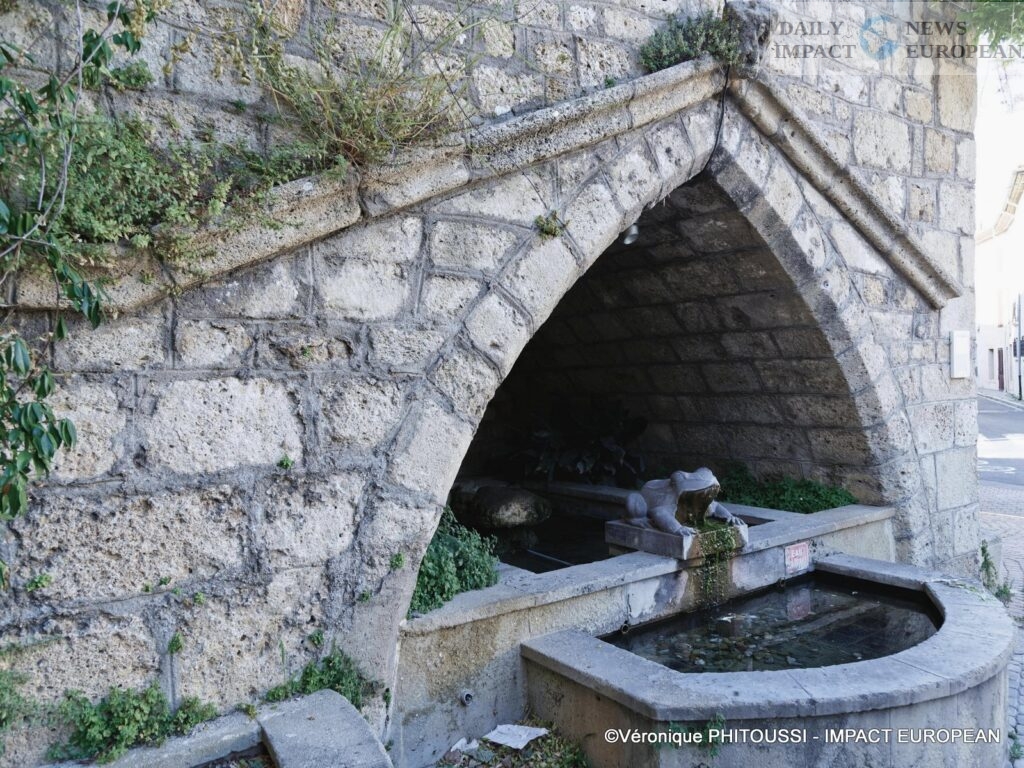
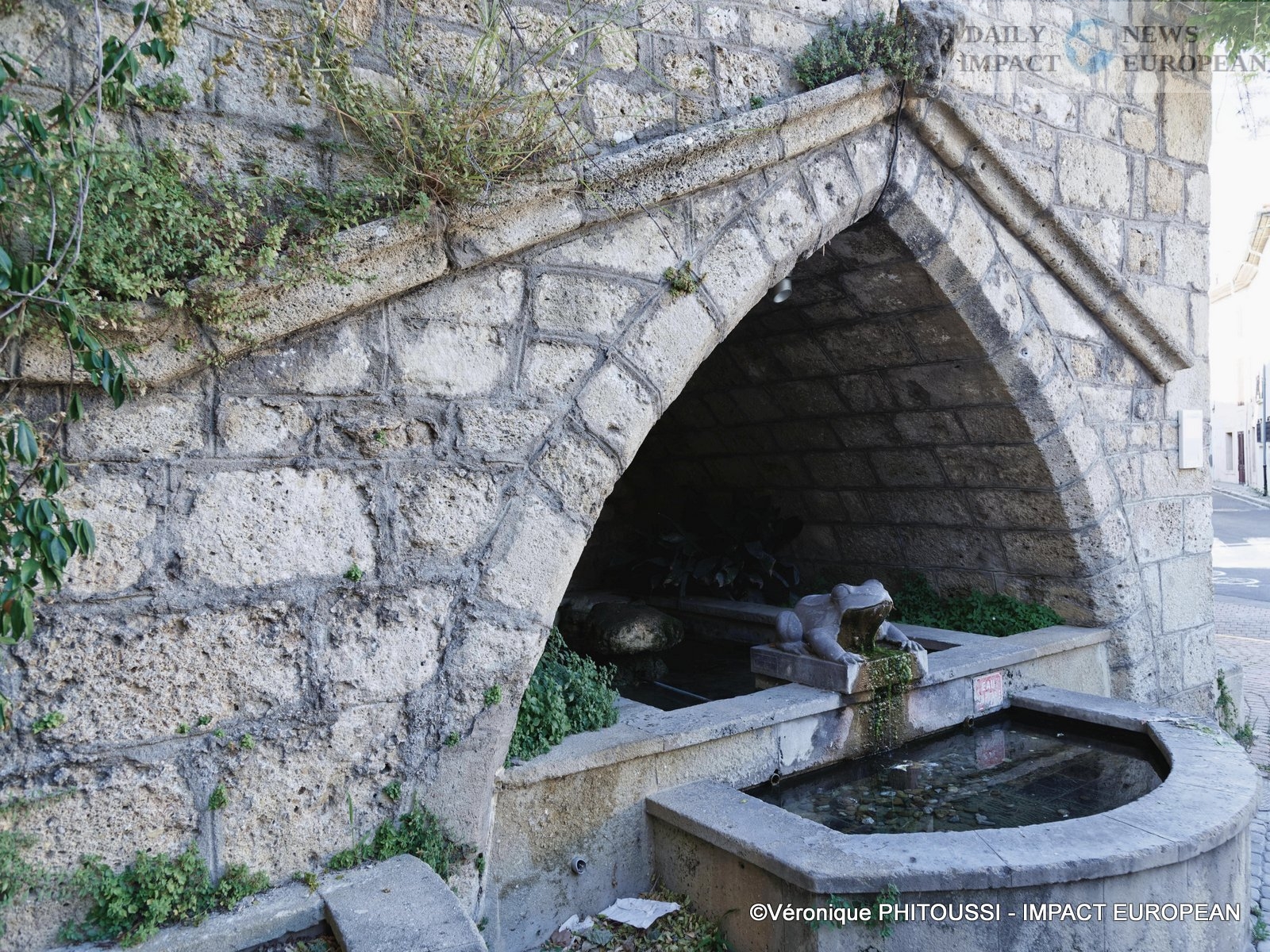
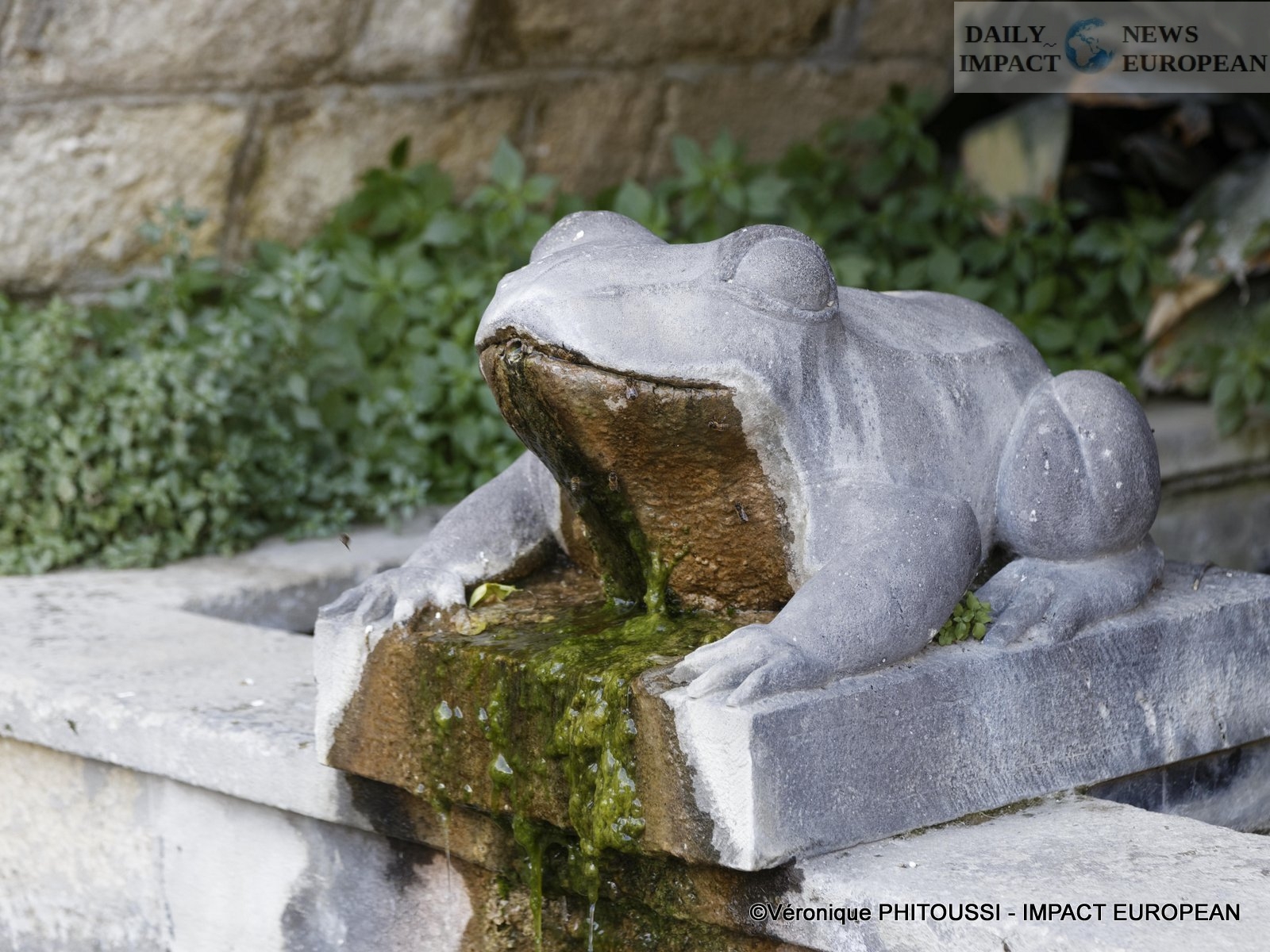
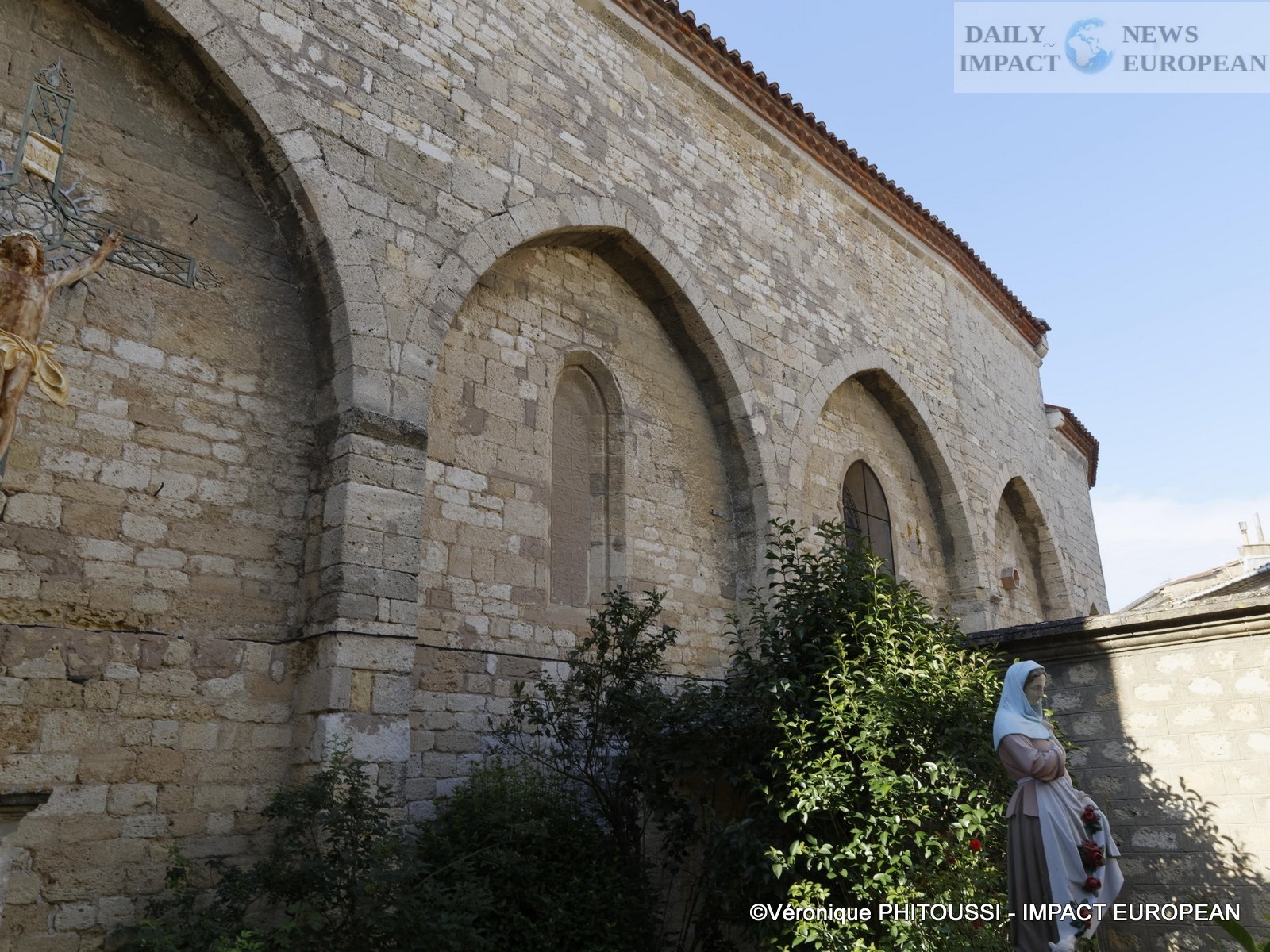
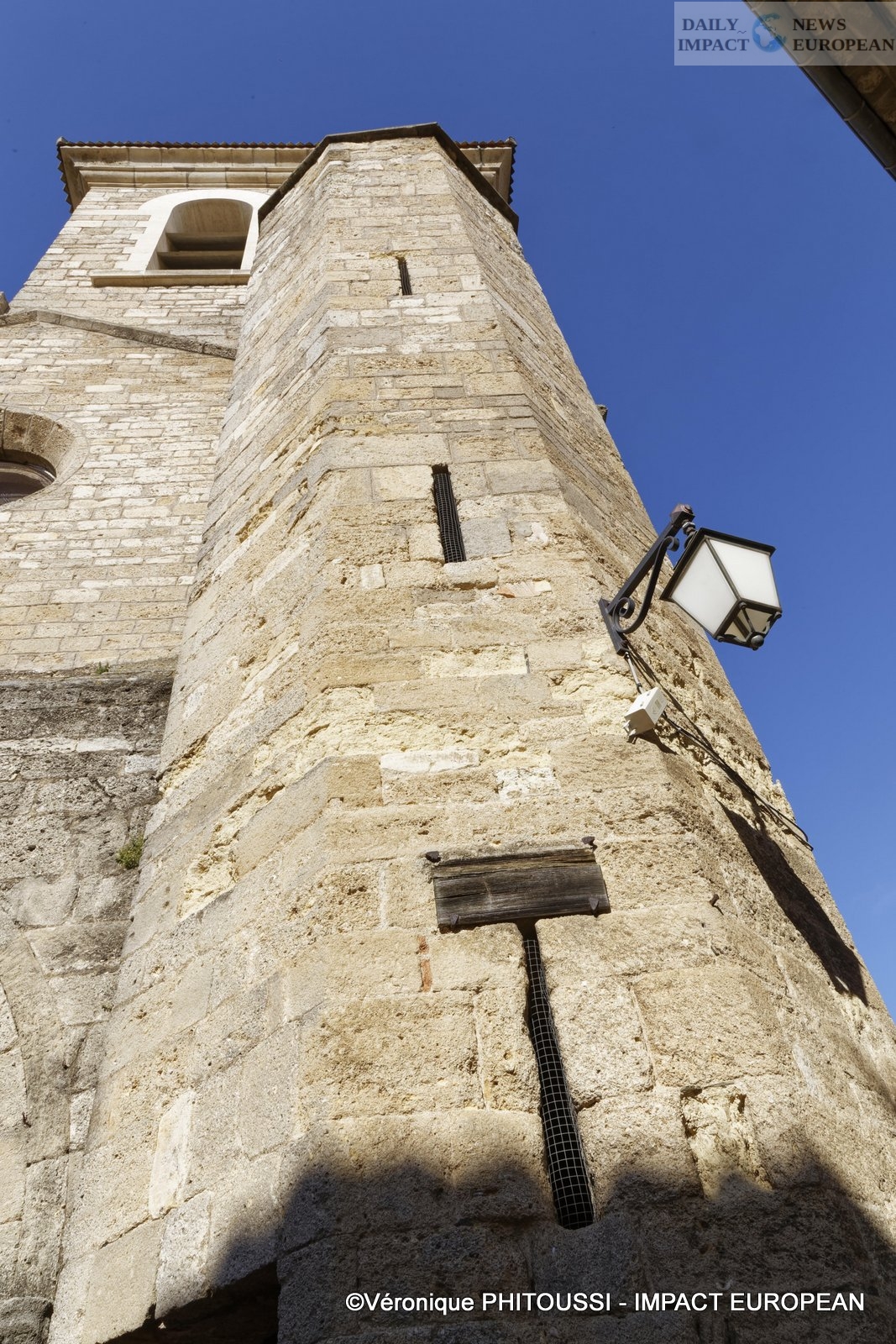

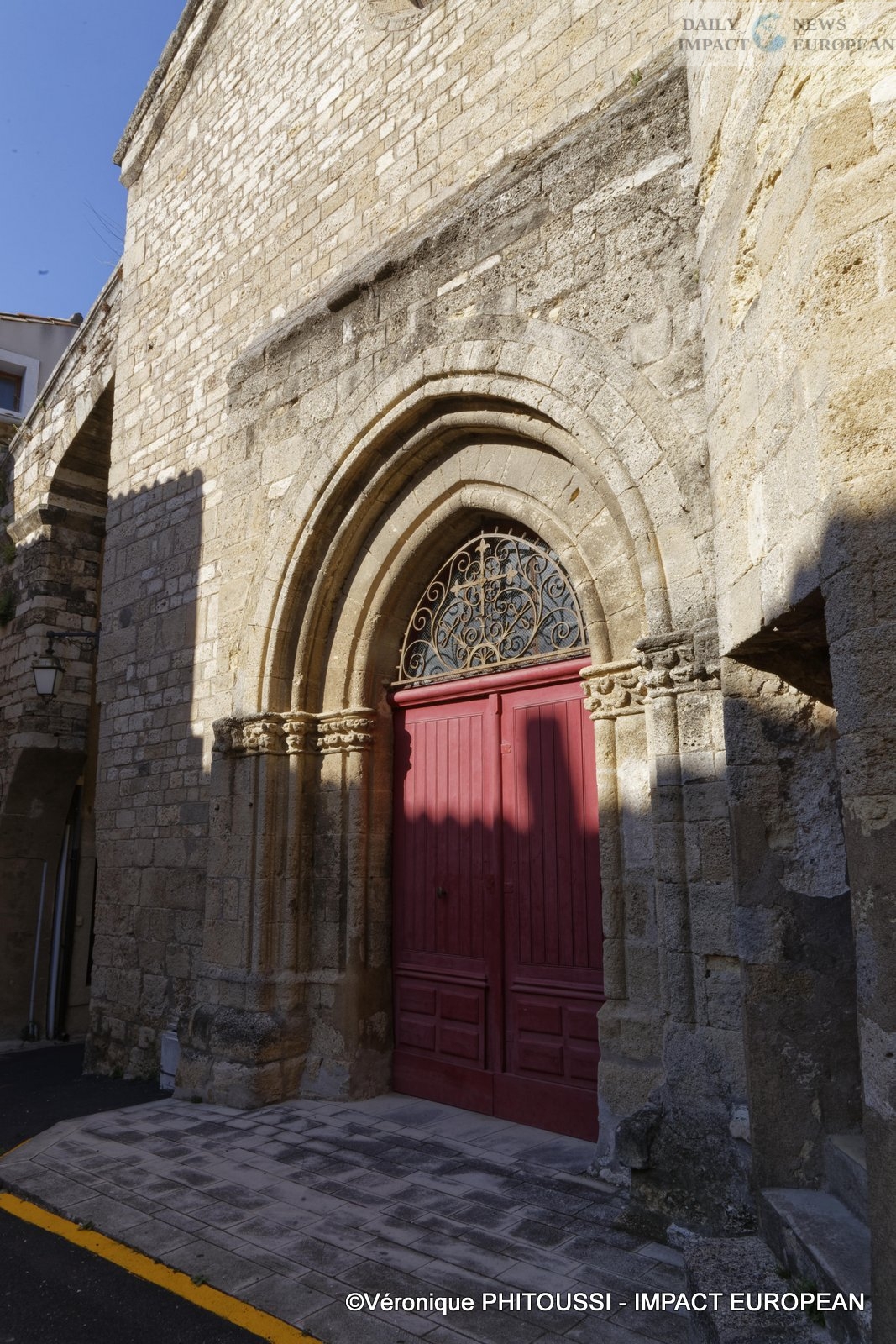
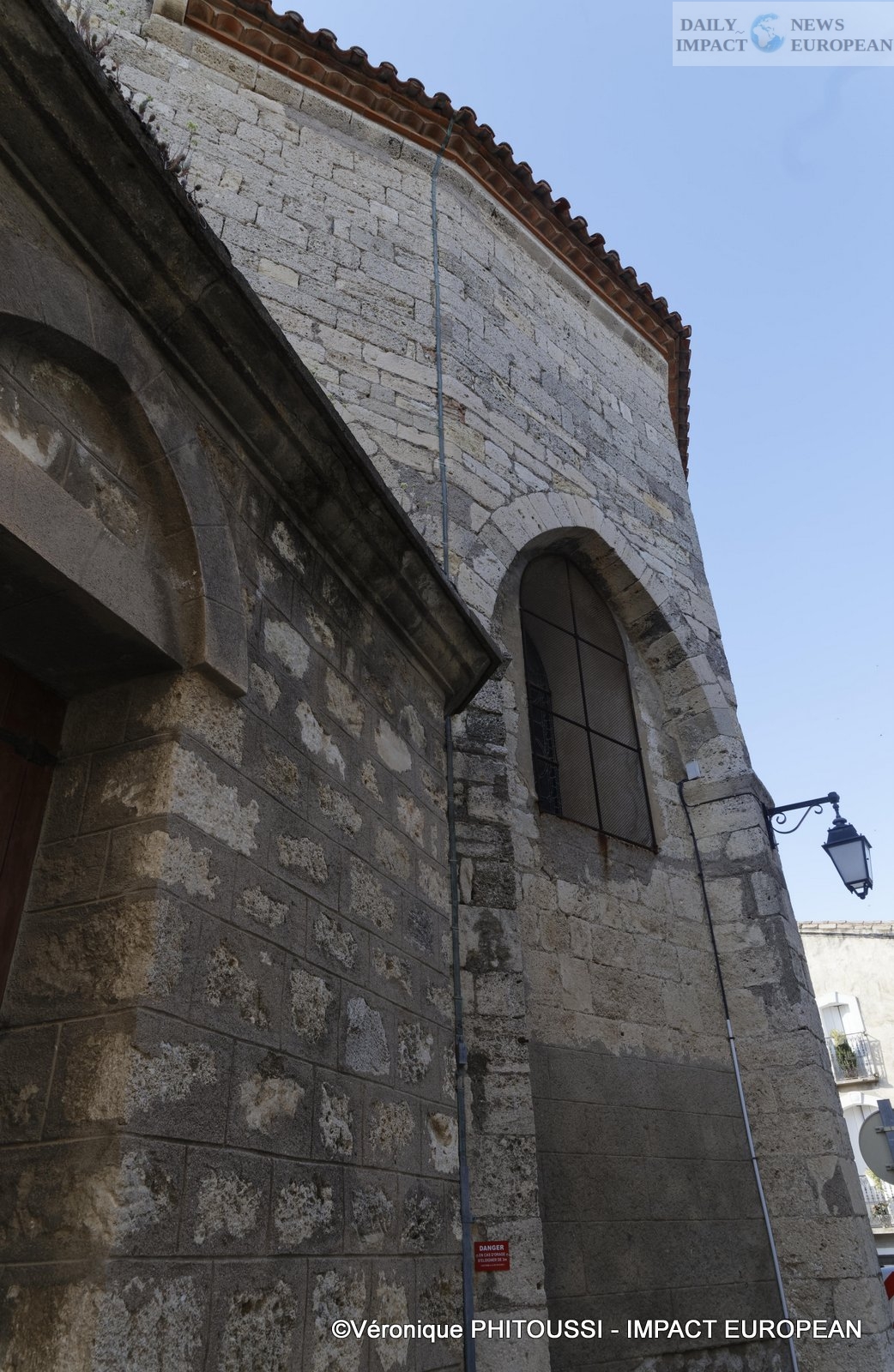
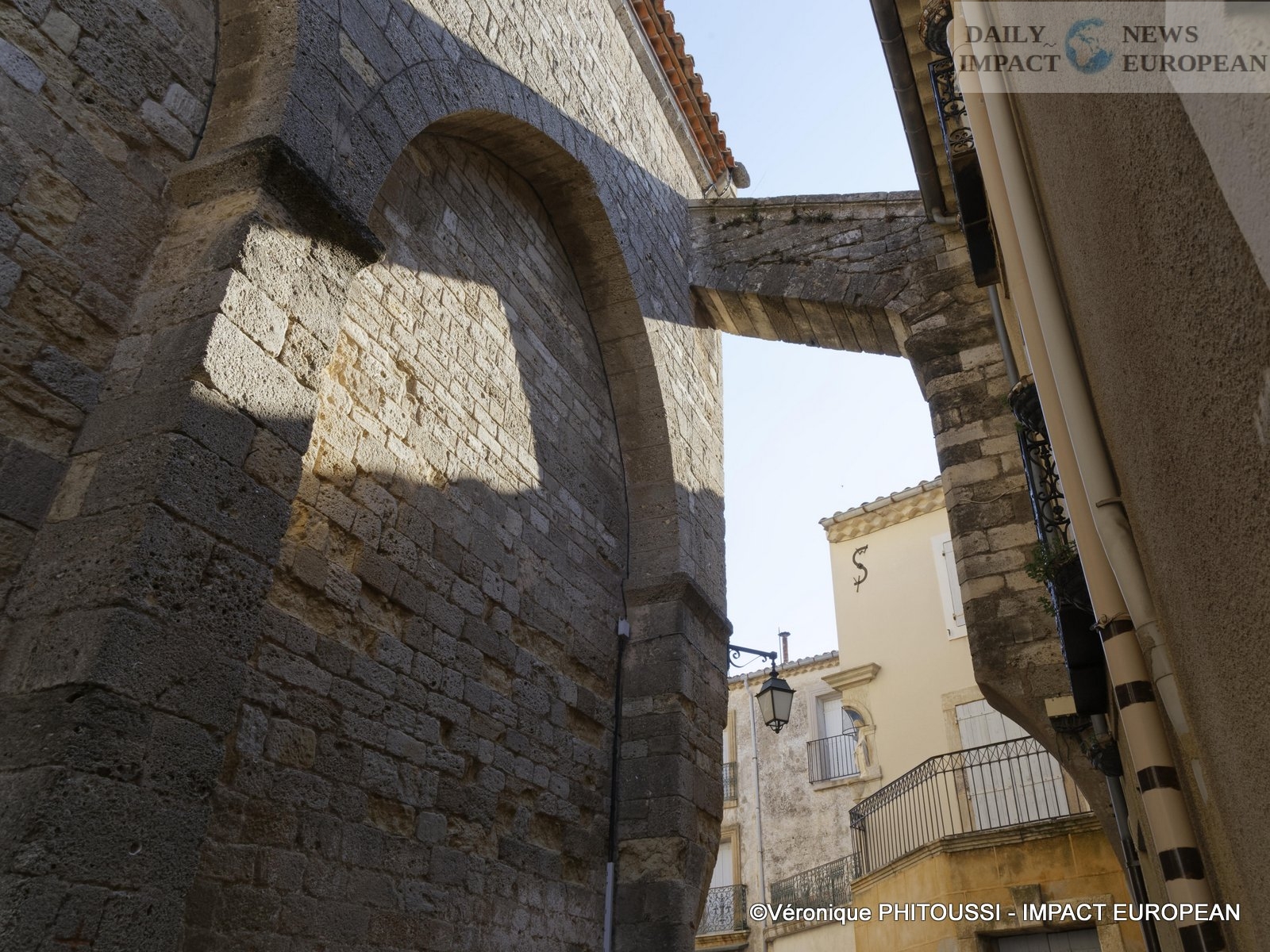
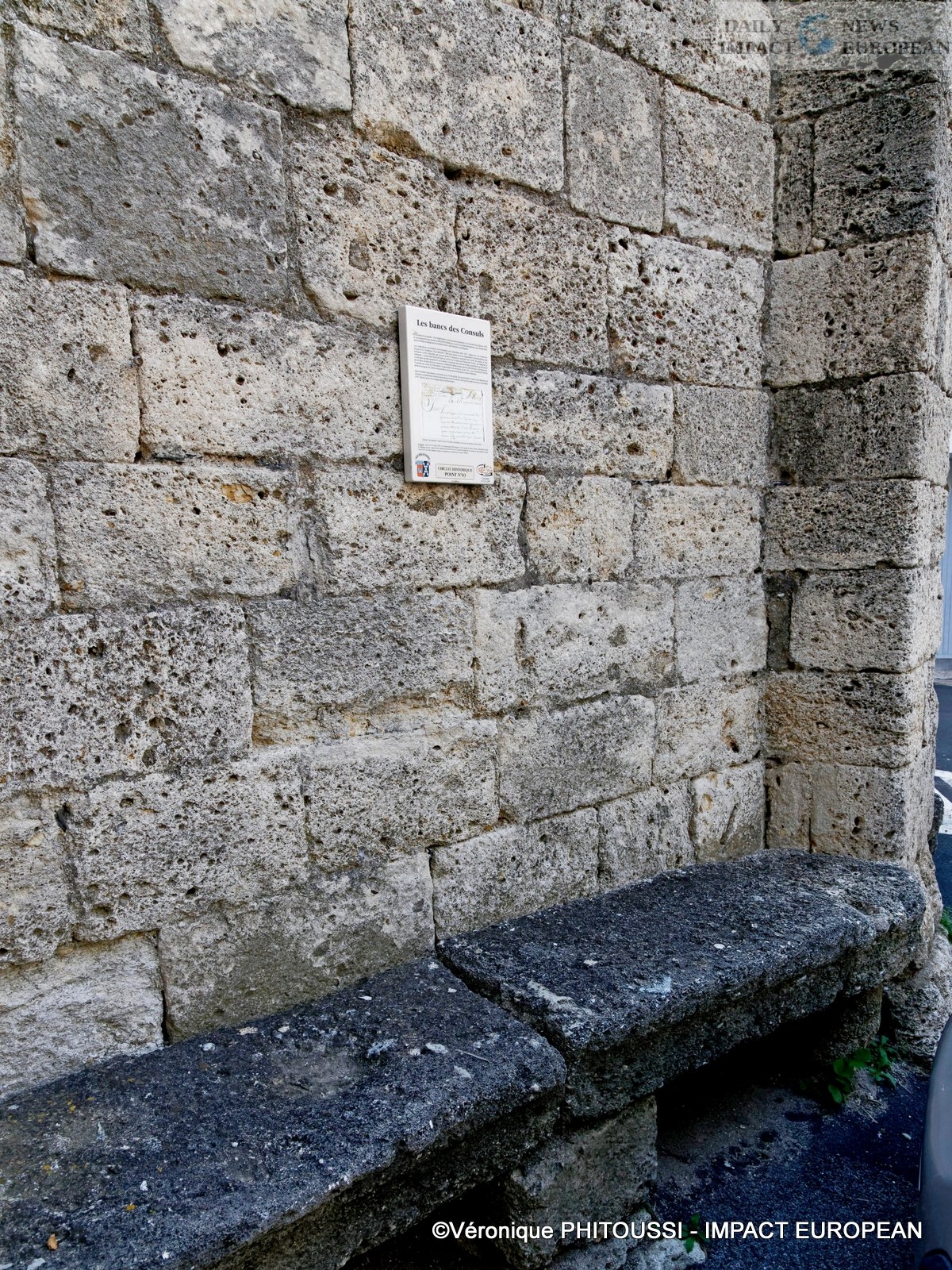
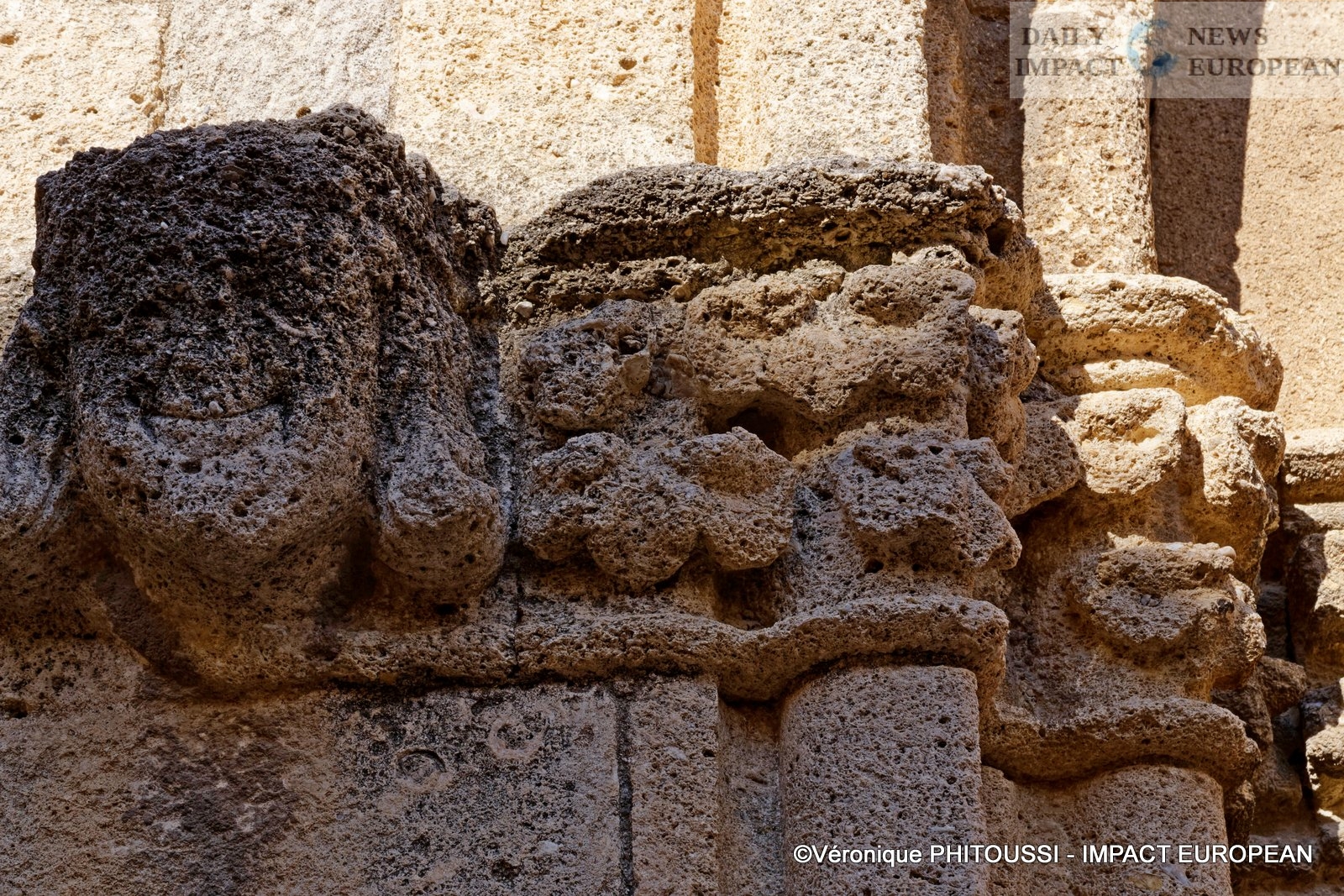
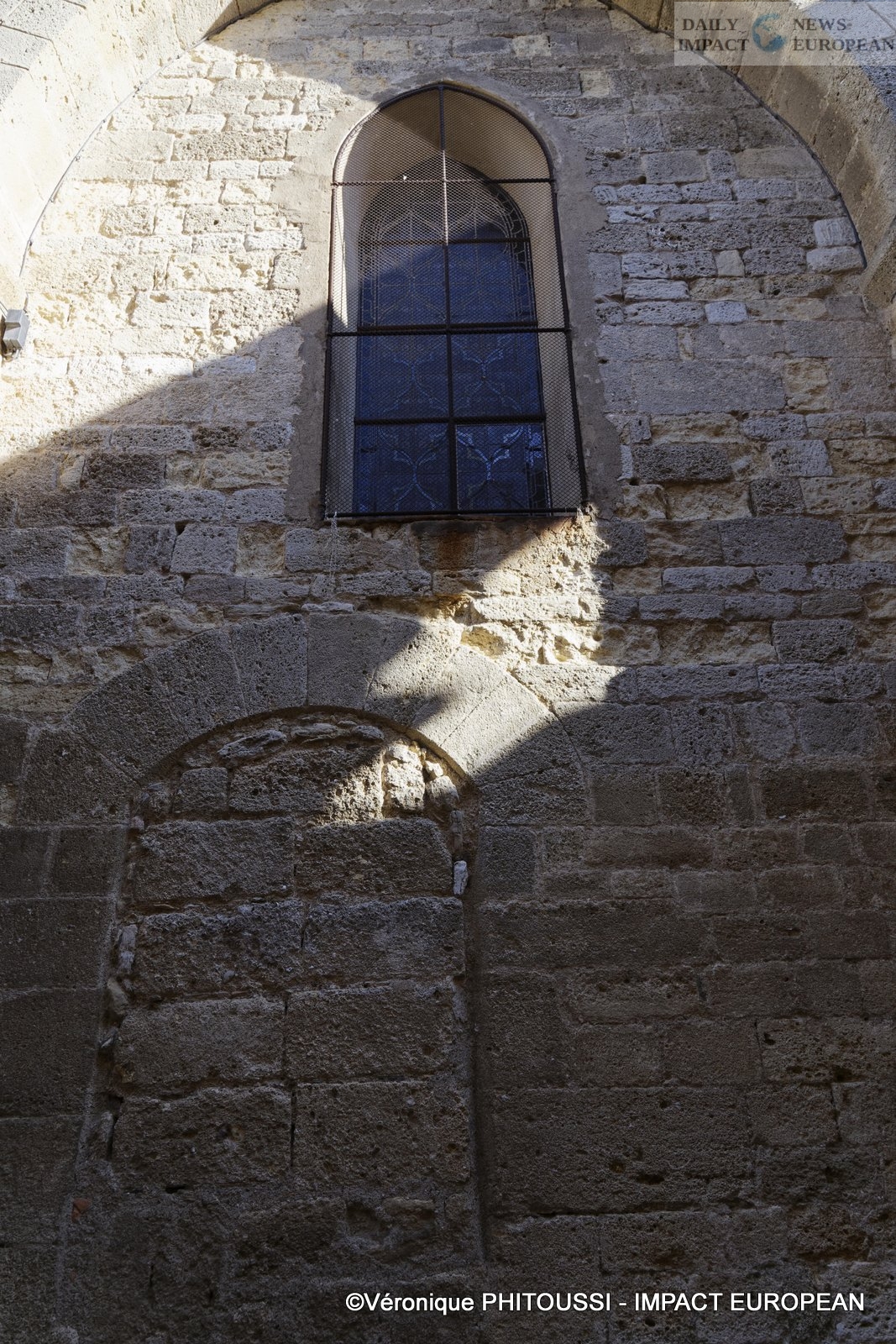
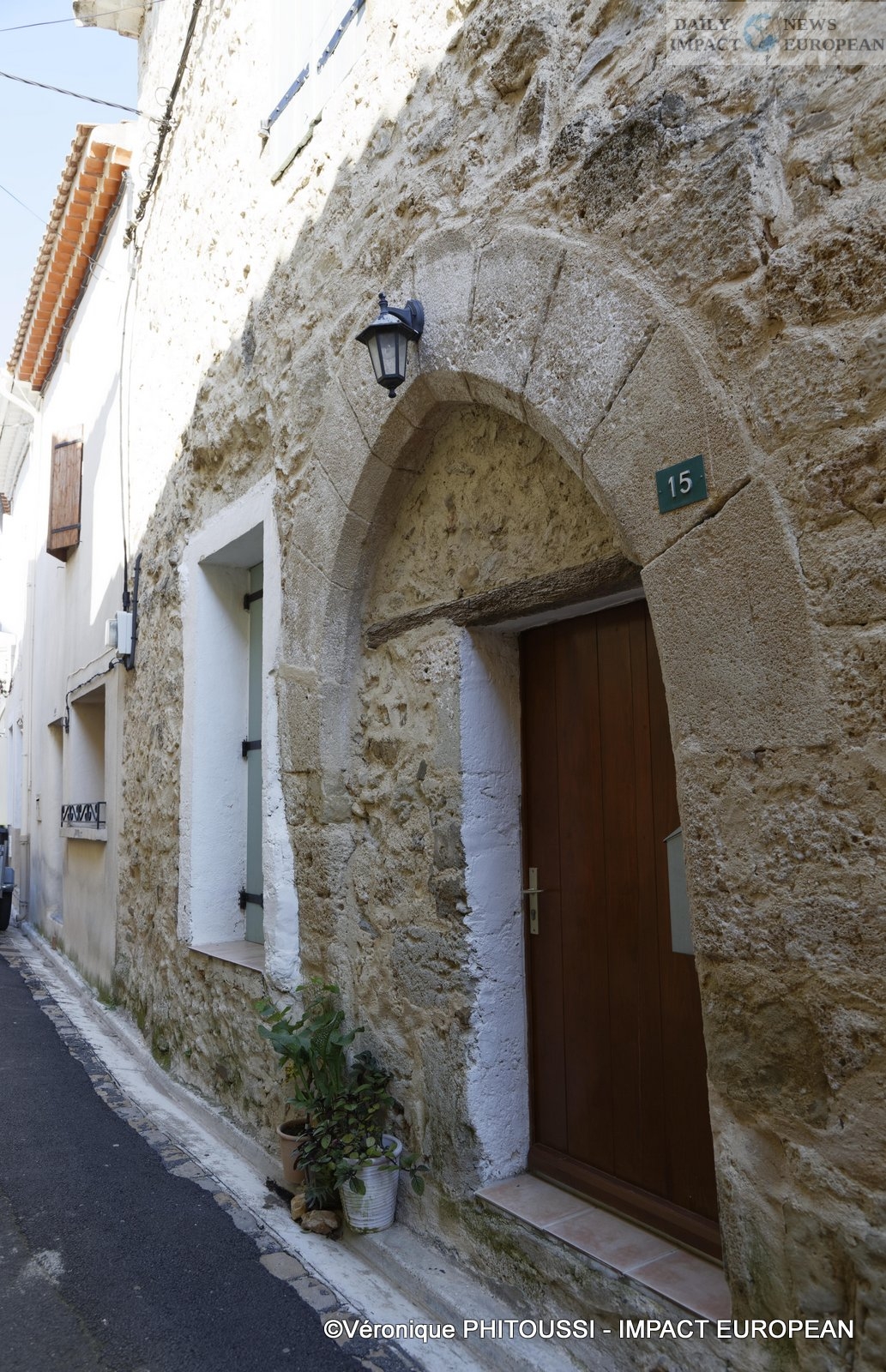
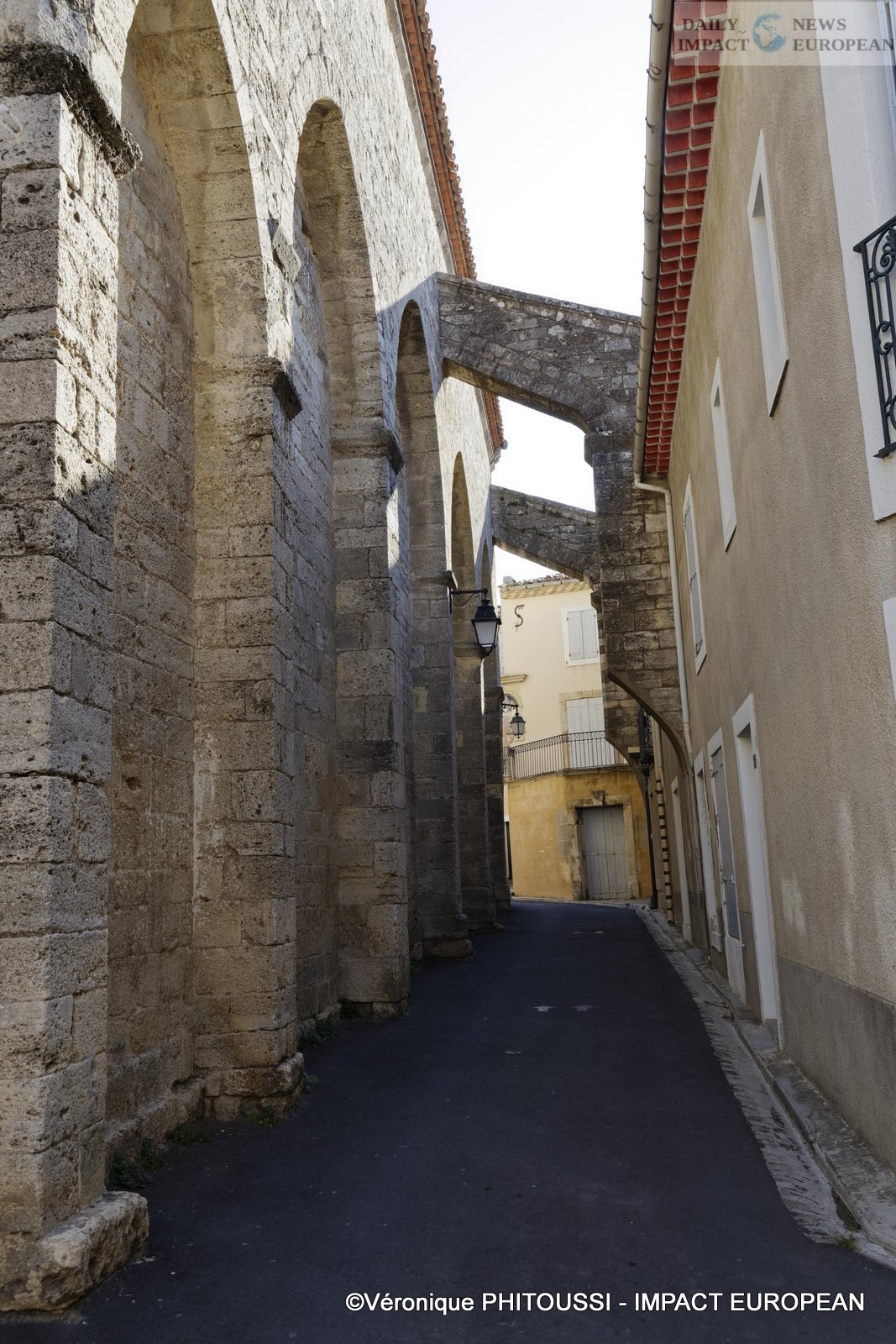
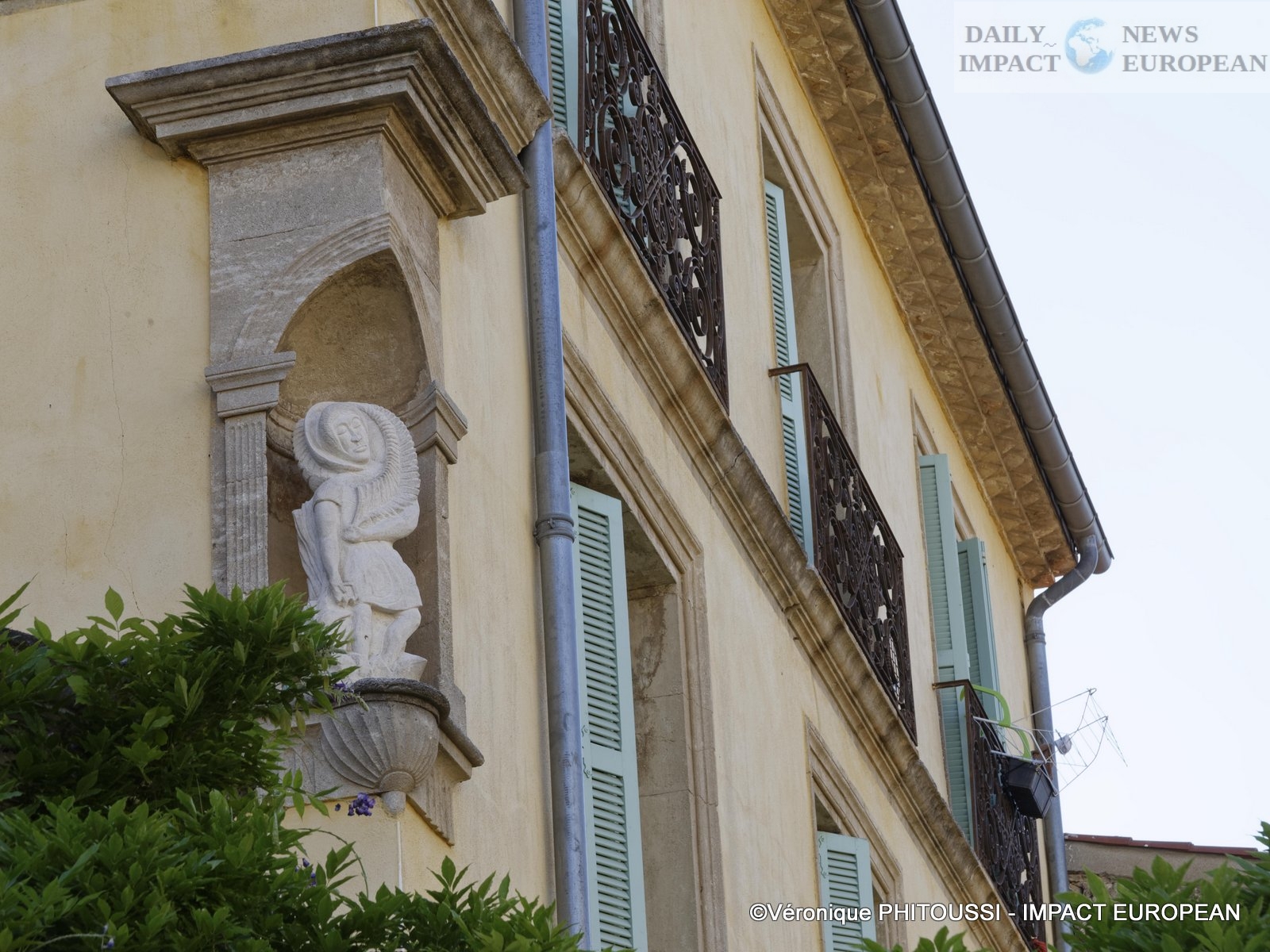
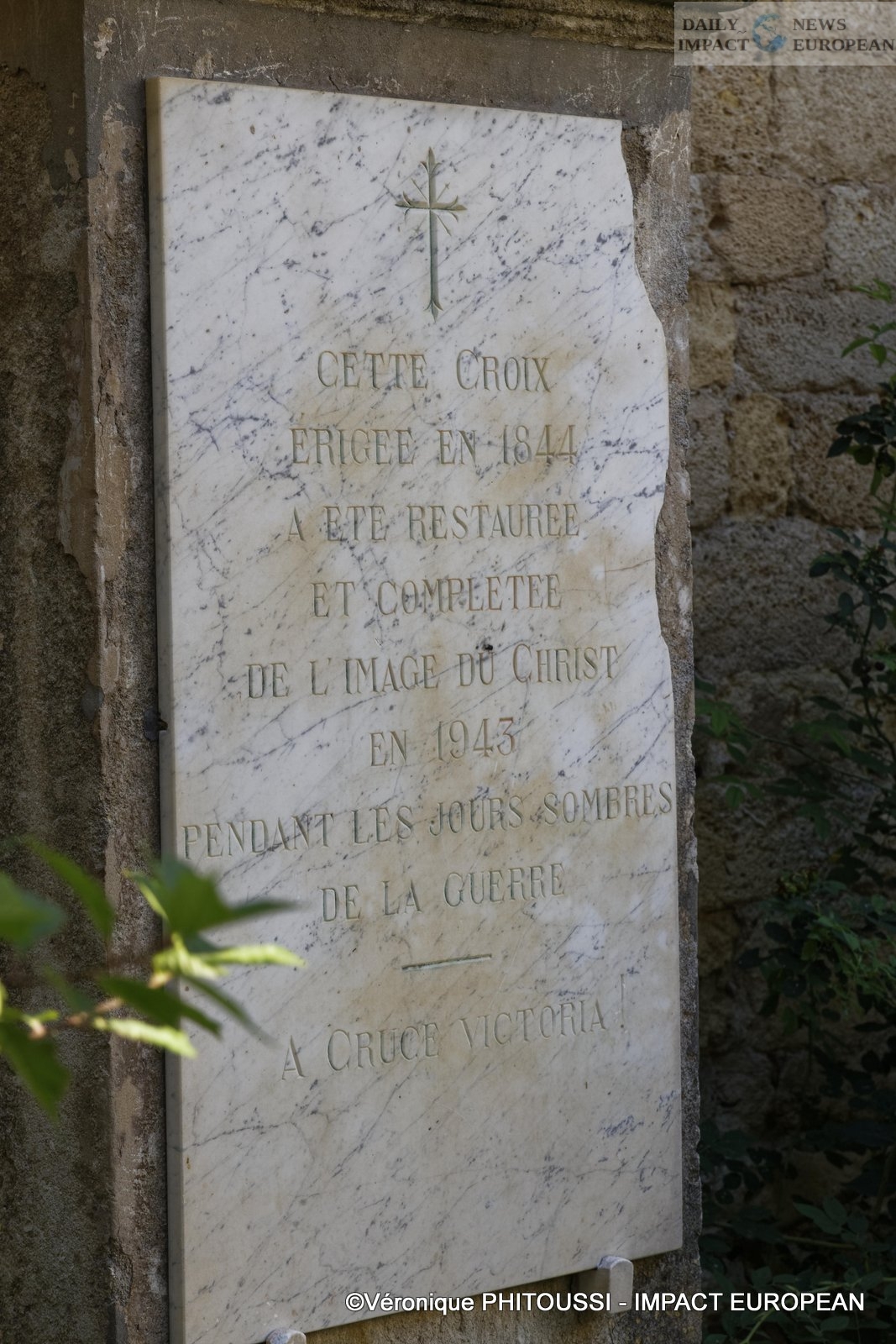
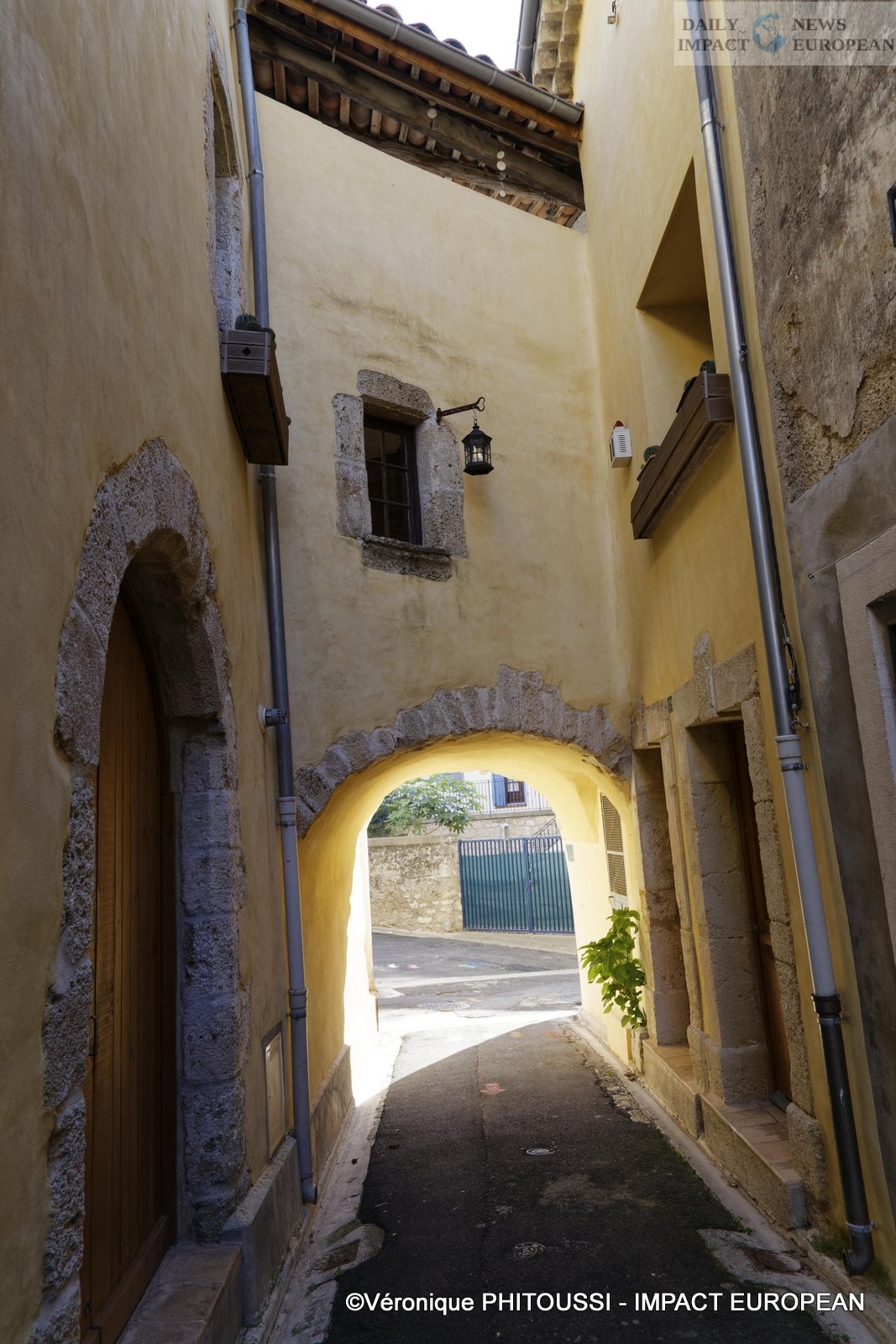
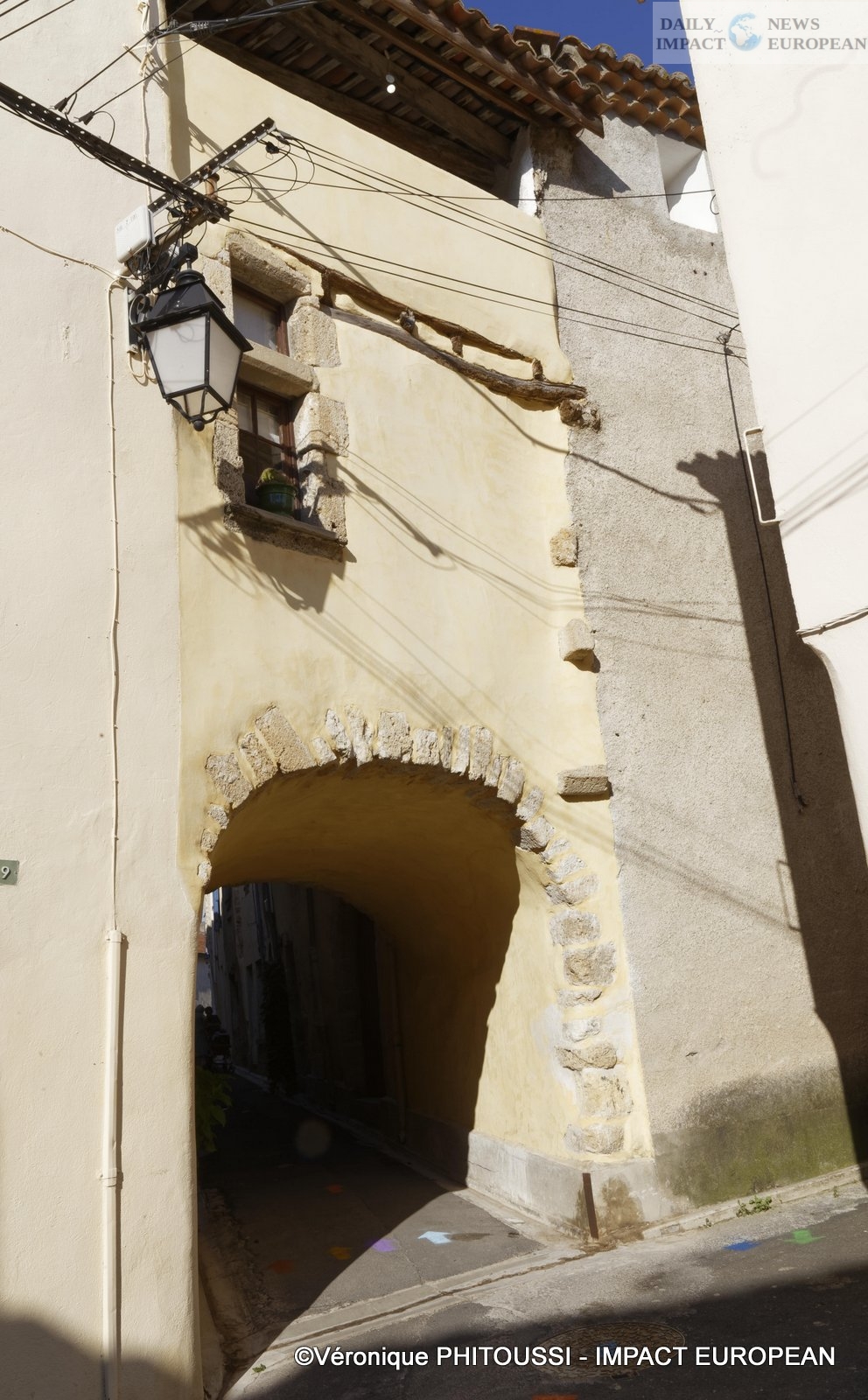
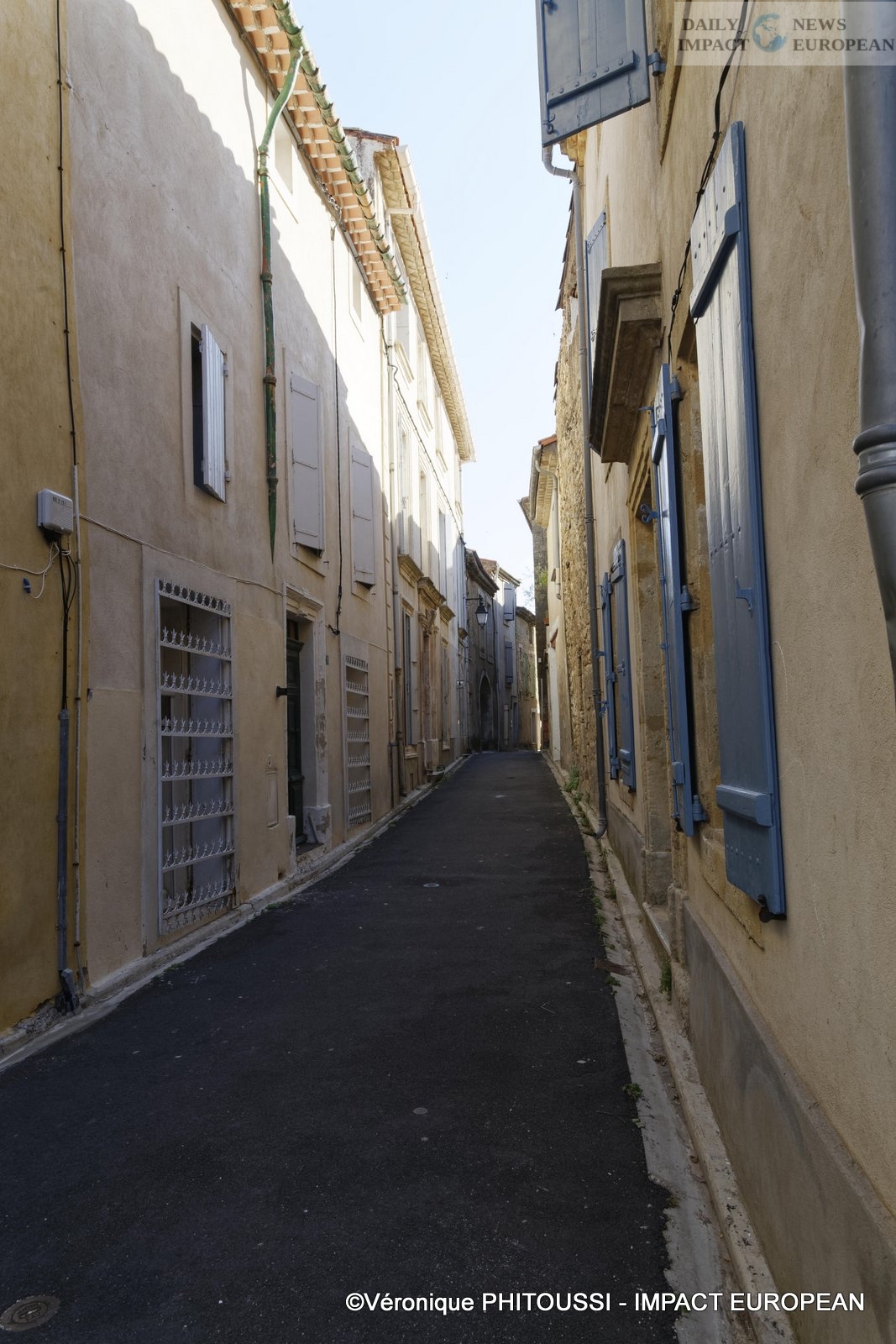
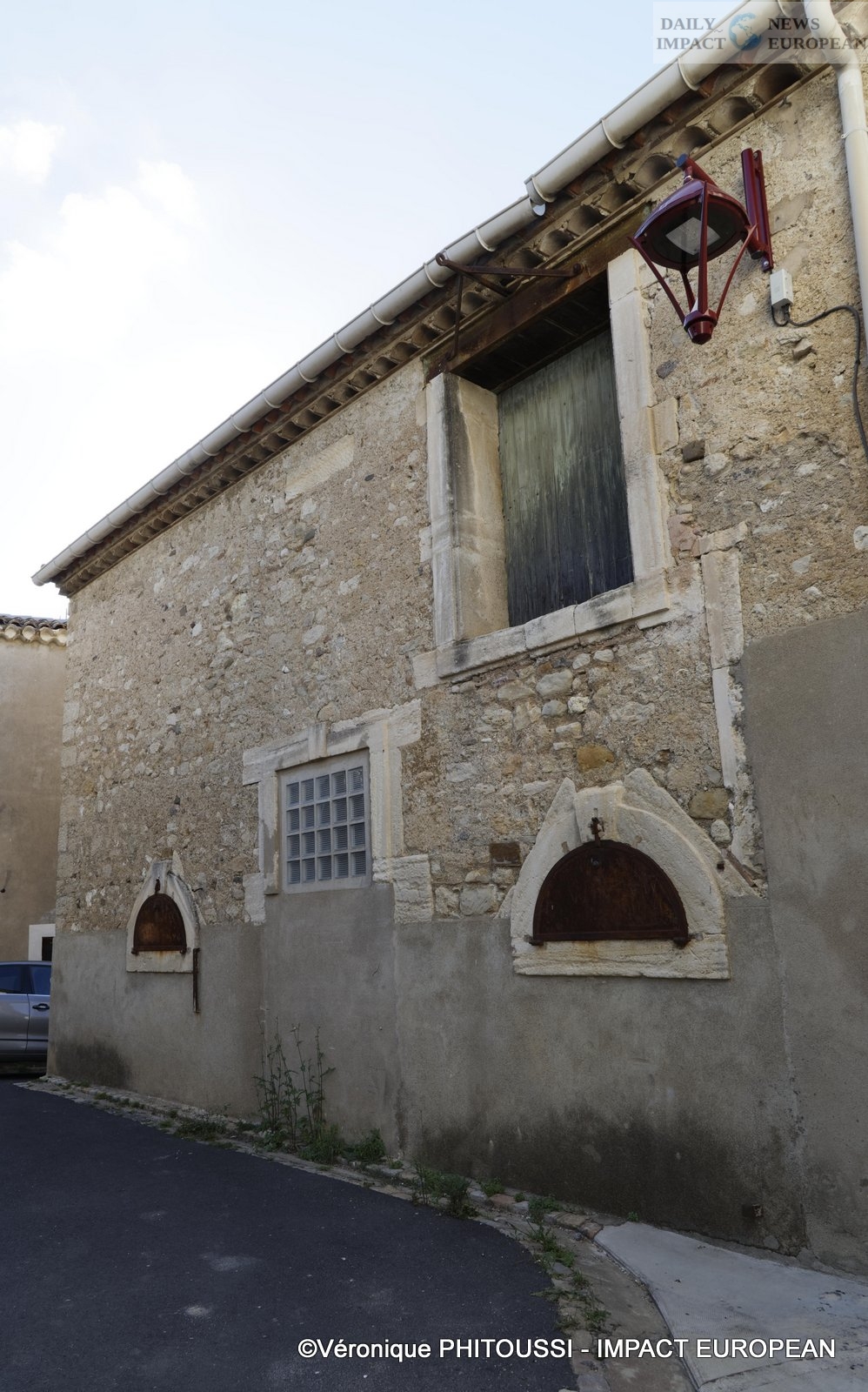
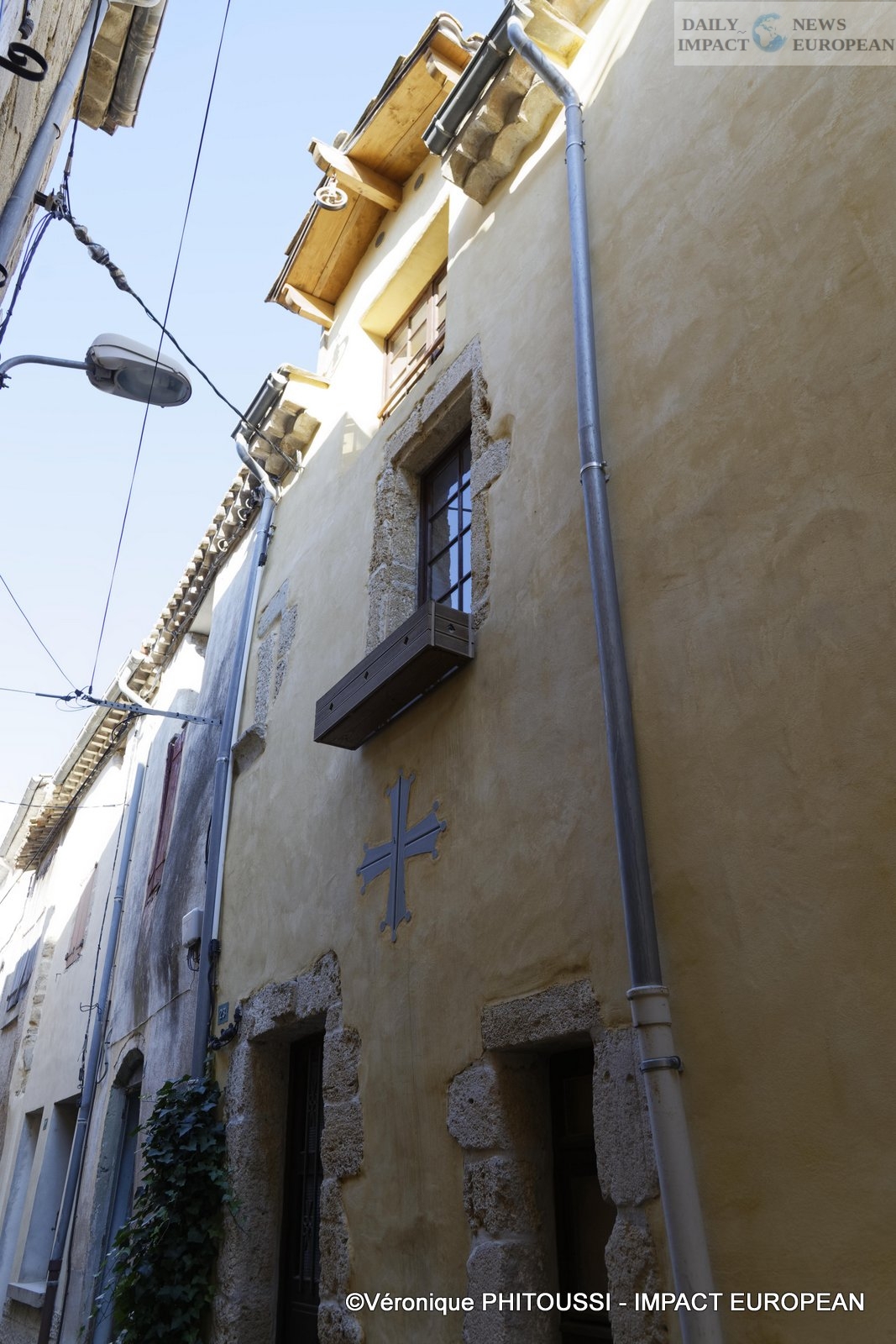
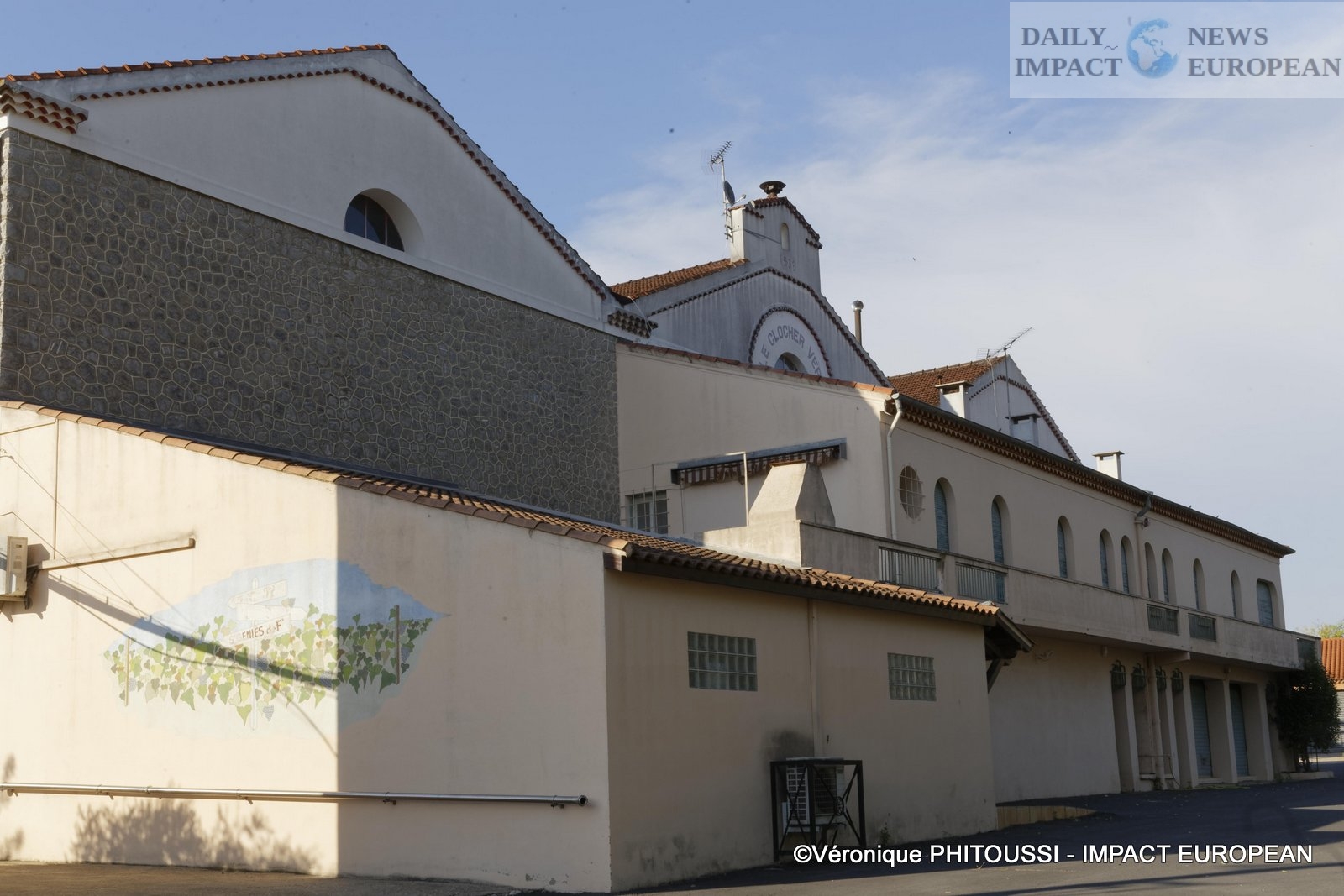
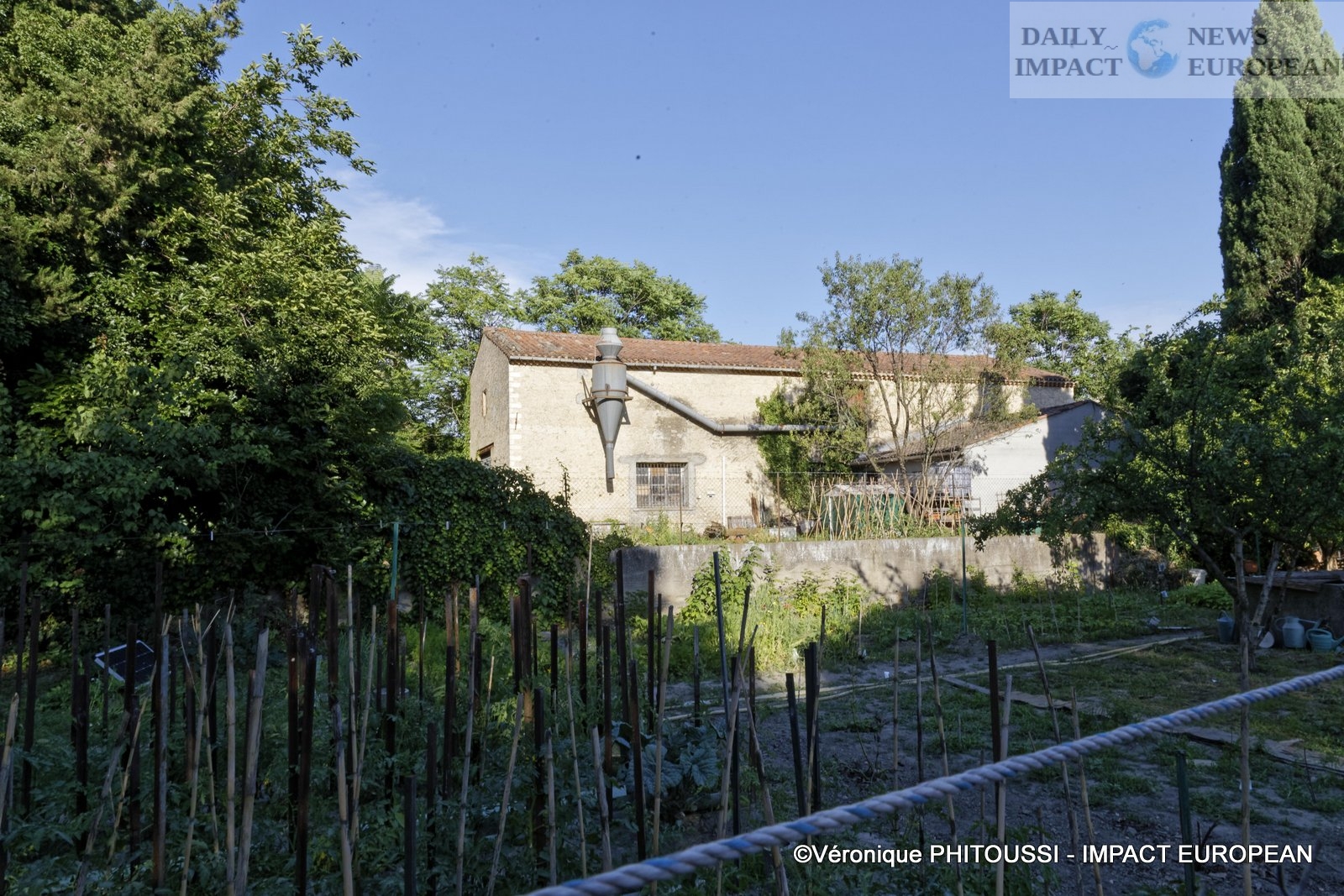
Plus d'histoires
Embraer, Portugal and the A-29N Super Tucano: An Industrial, Political and Geostrategic Turning Point for Europe and NATO
Private Health Schools Under Scrutiny: Council of State Sides with the French Order of Physiotherapists
Dordogne: Mayor Excluded for Antisemitism Avoids Trial, LICRA Reacts